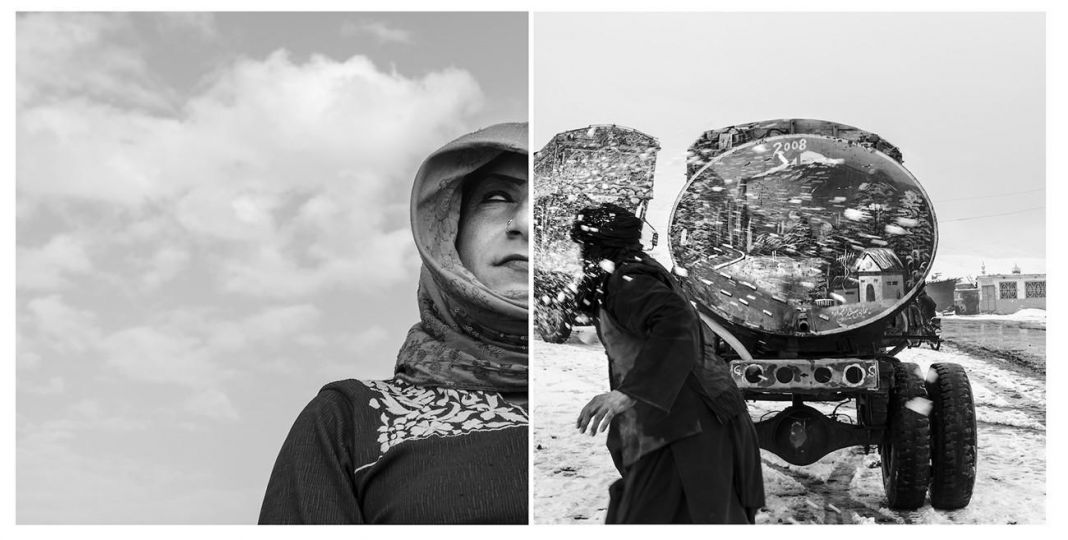Chapter One: On Abortion
Under “natural” circumstances, the average woman would get pregnant about 15 times in her life, resulting in ten births. Seven of those babies would survive childhood. For centuries, people have searched for ways to delay or terminate pregnancy. Today, safe and efficient means of abortion finally exist, yet women around the world continue to use ancient, illegal or risky home methods: Every year, 47,000 women around the world die due to botched abortions.
Why do they take the risk?
Across countries and religions, millions of women are blocked from abortion technologies by law and social coercion, and are forced to carry pregnancies to term against their will. Some are minors and rape victims. For many, the pregnancy is not viable or poses a health risk. But all can be criminalized for trying to abort. In violation of patient confidentiality codes, doctors and healthcare providers have been known report women seeking illegal abortions, even when is medically necessary to save the patient’s life.
Laia Abril’s new long-term project A History of Misogyny is a visual research undertaken through historical and contemporary comparisons. In her first chapter On Abortion, Abril documents and conceptualizes the dangers and damages caused by women’s lack of legal, safe and free access to abortion. Continuing with her painstaking research methodology, Abril draws on the past to highlight the long, continuous erosion of women’s reproductive rights to present-day.
Her collection of visual, audio and textual evidence weaves a net of questions about ethics and morality, and reveals a staggering series of social triggers, stigmas, and taboos around abortion that have been invisible until now.
Chapter Two: On Rape
I chose this topic, the second chapter of A History of Misogyny, in the same way as the first chapter, On Abortion. It was triggered by a local news story that impressed me deeply. In 2018 five men who had gang-raped an 18-year-old woman were initially set free by the Spanish Court after being sentenced for abuserather than rape. This would eventually call into question Spanish legislation and spark the largest feminist protest in the country’s history. With the rise of the #MeToo movement, I wanted to understand why some institutional structures of justice, law and policy were not only failing survivors, but actually encouraging perpetrators through their preservation of particular power dynamics and social norms. By looking back to at history, I could identify gender-based stereotypes and myths, global prejudices and misconceptions, that have prevailed and perpetuated the culture of rape. Through a painstaking research on the miscarriages of justice and attitudes of victim-blaming, this work is a personal analysis of cultural, social and political contexts around the world, that still normalise sexual violence today.
Laia Abril’s new long-term project A History of Misogyny is a visual research undertaken through historical and contemporary comparisons. In her second chapter On Rape, Abril focuses theinstitutional rape throught a series of conceptual portraits, that together with their testimonies symbolises the different systemic rapecultures —inside marriage, the church, the army or inside the school. In this occasion, Abril uses history to track back the origin of the laws and beliefs —from marry-your-rapist law, rape as a weapon of war, the construction of virginity or the genesis of rape schedule— reacting to the research with her personal audio-visual essay.
https://www.foam.org/talent/foam-paul-huf-award
















